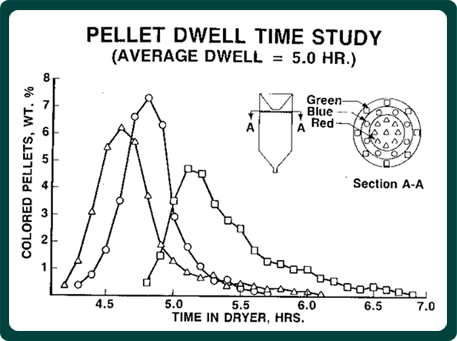
Services for the
Plastic Container
Industry
Plastic Container
Industry
Latest News
Follow this link to read about relevant industry developments
Services
 The experts at Apex Container Tech Inc. are here to assist you in your current business or with starting a new one
The experts at Apex Container Tech Inc. are here to assist you in your current business or with starting a new one
Follow this link to read about relevant industry developments
Services
 The experts at Apex Container Tech Inc. are here to assist you in your current business or with starting a new one
The experts at Apex Container Tech Inc. are here to assist you in your current business or with starting a new one

Blow Molding Package Development
Comprehensive services to develop your package in any blow molding technology

Blow Molding: Reheat
Stretch blow molding is one of the areas our expertise covers. Examine our offerings

Blow Molding: Extrusion
Our expert advice in this area has helped many companies improve their bottom line

Blow Molding: Injection Stretch
Injection stretch blow molding is a complicated process that often requires our expert advice



 In our example, if the throat temperature is 305 F when drying @ 310 F and you need a low AA level, consider making the fill level on the hopper adjustable. You could cut out a long hole and cover it with Plexiglas. A sensor could be made adjustable in height and the on and off timing of the hopper loader could come from this sensor. You could then lower the sensor and run at the higher temperature because your resin stays less time in the hopper. If you are not sure how long the resin is actually in the hopper, add a few color pellets to the resin and time its arrival in the preforms or bottles you are making.To make things more complicated, study the graph below. It shows that the residence time is highly dependent on the position of the color pellets with respect to the diameter of the hopper.
In our example, if the throat temperature is 305 F when drying @ 310 F and you need a low AA level, consider making the fill level on the hopper adjustable. You could cut out a long hole and cover it with Plexiglas. A sensor could be made adjustable in height and the on and off timing of the hopper loader could come from this sensor. You could then lower the sensor and run at the higher temperature because your resin stays less time in the hopper. If you are not sure how long the resin is actually in the hopper, add a few color pellets to the resin and time its arrival in the preforms or bottles you are making.To make things more complicated, study the graph below. It shows that the residence time is highly dependent on the position of the color pellets with respect to the diameter of the hopper.
 Even though all dryer hoppers have cones in the center, the resin in the center still moves quicker through than the resin that lands close to the hopper wall. So you will have to make a compromise for your temperature/time setting. If your plant has the lab to do so, check the AA content with various settings.
Even though all dryer hoppers have cones in the center, the resin in the center still moves quicker through than the resin that lands close to the hopper wall. So you will have to make a compromise for your temperature/time setting. If your plant has the lab to do so, check the AA content with various settings.

